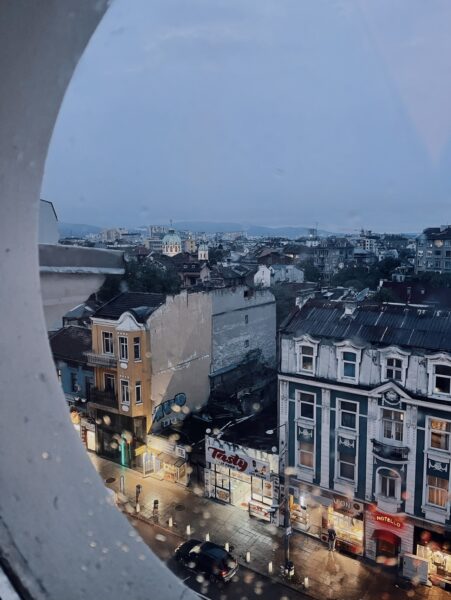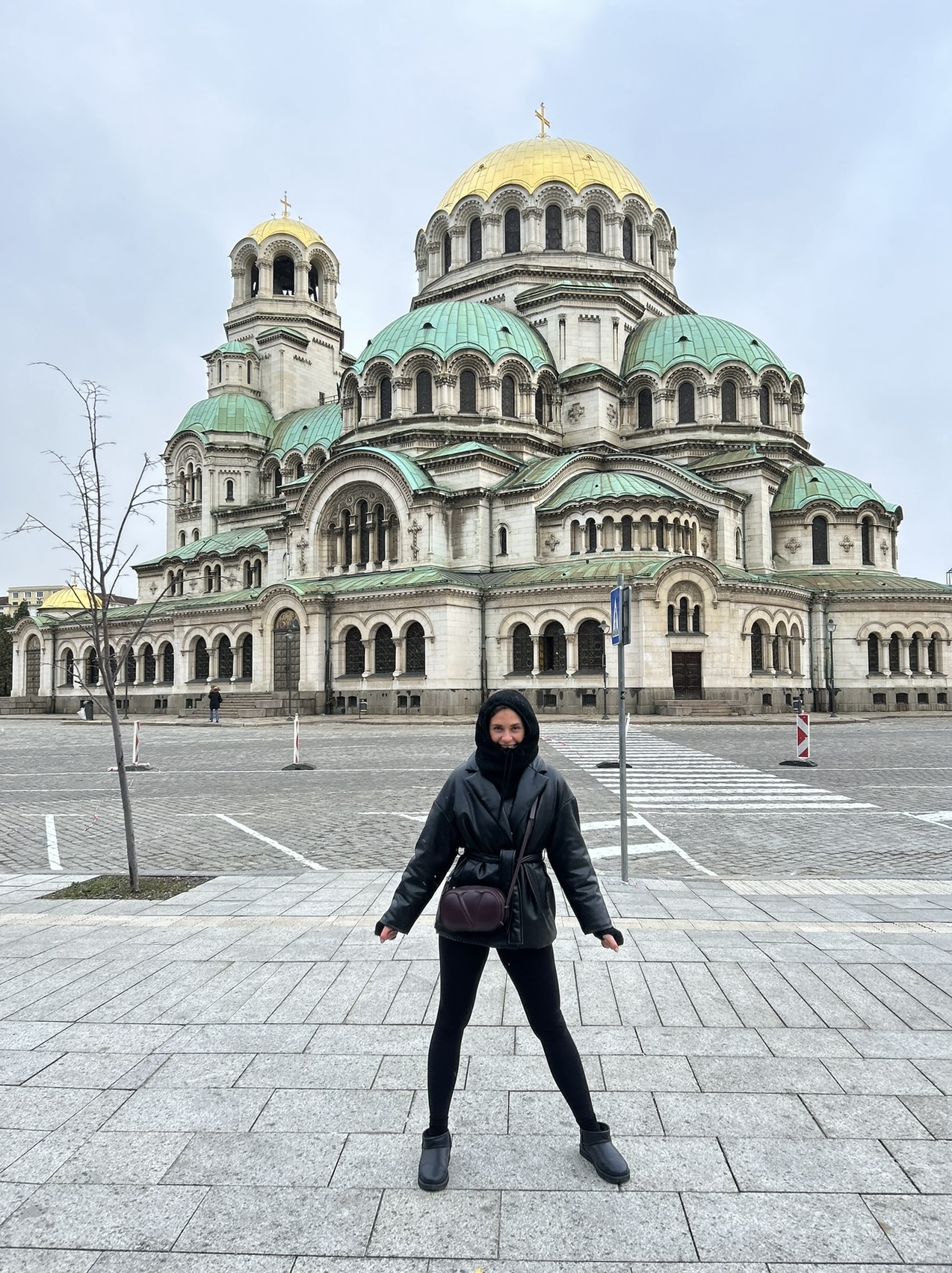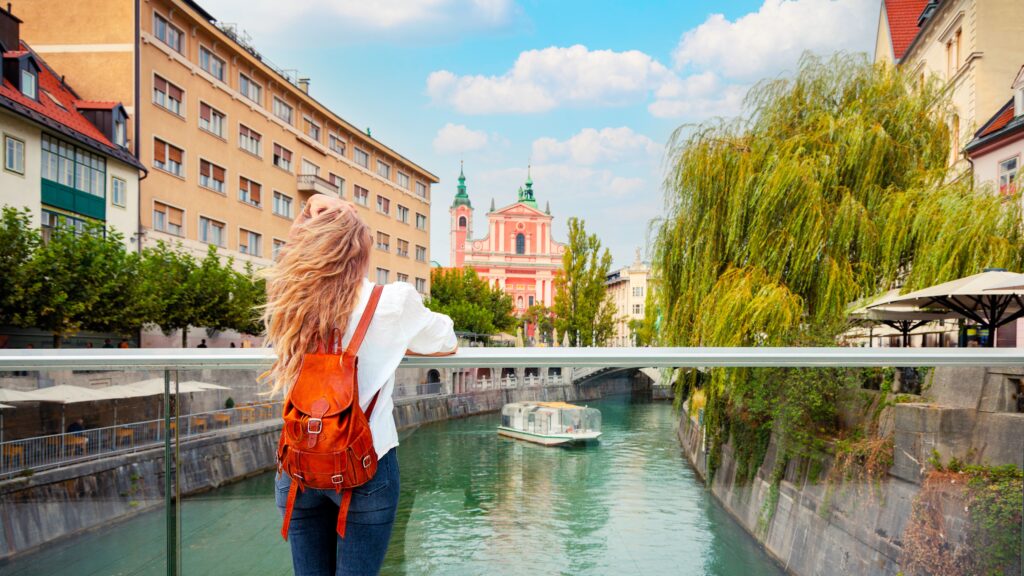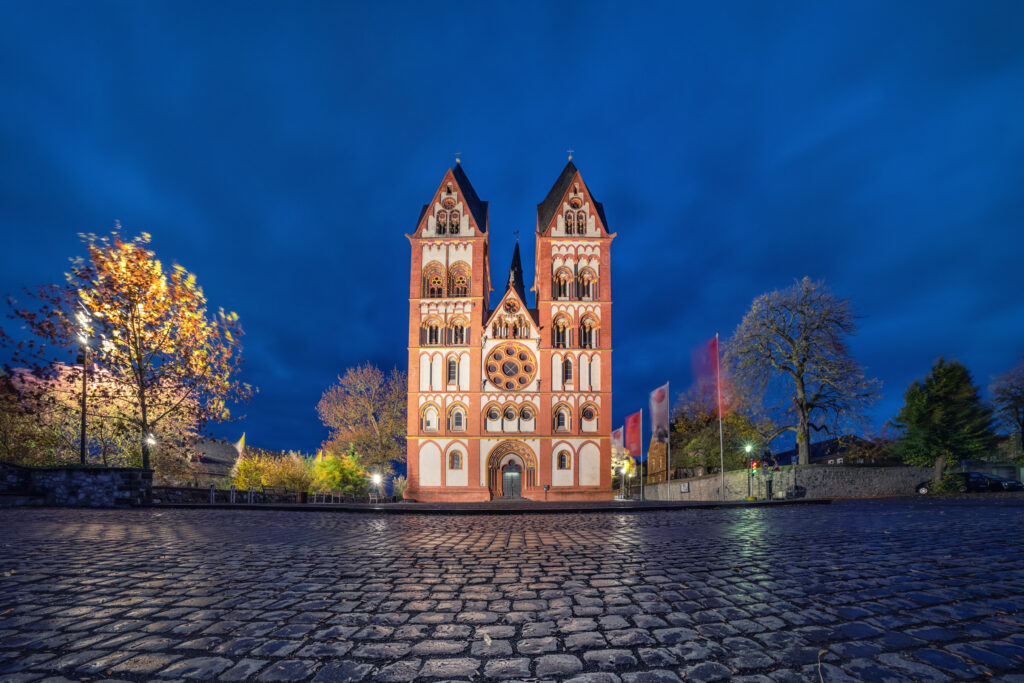 With mixed feelings, you gaze up at the imposing figure of Vladimir Lenin standing on a pedestal above a statue-studded museum garden in Sofia, Bulgaria. Lenin stares stoically into the distance and you can’t help but wonder what he would have made of modern Sofia.
With mixed feelings, you gaze up at the imposing figure of Vladimir Lenin standing on a pedestal above a statue-studded museum garden in Sofia, Bulgaria. Lenin stares stoically into the distance and you can’t help but wonder what he would have made of modern Sofia.
Having shrugged off communist rule, Bulgaria’s capital now shines as a hidden gem in Eastern Europe, a captivating haven for history and culture lovers. Sofia is a vibrant, modern city of trendy shops, bars and restaurants. But with its rich and eclectic cultural heritage at the crossroads of East and West, Sofia’s art and architecture blend centuries of history with a youthful optimism – an intoxicating mix for travelers seeking creativity and culture away from Europe’s traditional tourist trails.
Simply walking the streets of the city, you start to appreciate the diverse nature of Sofia’s past: Thracians, Romans, Bulgars, Byzantines, Ottomans and the Soviets all left their mark. Nowhere can you feel this more acutely than the city center, one of the few places in the world where ancient Roman churches, striking Ottoman mosques, fantastic Orthodox cathedrals and monumental Soviet buildings all share the same space. And you can admire the way the past sits comfortably with the present: the lively street cafes and high-end shopping of Vitosha Boulevard are close by. But digging deeper, you might consider the link between Sofia’s past and present is best expressed through its art.
Stepping into Boyana Church is like stepping back a thousand years. Inside, you are dazzled by the layers of astonishing frescoes painted onto its walls over the centuries. As you take in the mass of colorful images, your eyes are inevitably drawn to the impressive portraits of Bulgaria’s medieval ruling elite – faces that have looked down on hundreds of years of turbulent change. These artistically important medieval paintings earned Boyana Church its UNESCO World Heritage status and continue to inspire an appreciation of Bulgaria’s artistic influence.
And Bulgaria’s art is proudly celebrated through its national art collection, housed in museums across the city, including Sofia’s former royal palace. Bulgaria’s National Gallery has more than 40,000 works of art, including a few pieces by world-famous artists. But what touches visitors most is its celebration of Bulgarian art. From frescoes, icons, sculptures and sketches to classical, impressionist and modernist paintings – immersing yourself in the largely unknown and underrated artistic heritage of Bulgaria opens a rewarding window onto the country’s soul.
And it’s a soul of survivalism. Bulgaria was deeply entwined with the political ideology of the Soviet Union and Sofia became a canvas for works of socialist art and architecture. Many Soviet-era buildings remain, but the art and statues have largely been removed and, remarkably, preserved at the Museum of Socialist Art. Walking through its manicured gardens, surrounded by stylized statues of communist leaders, workers and soldiers, you get a tangible sense of how the regime used art to exert control over the country. It’s a majestic but sobering experience.
Thankfully, Sofia has emerged as a lively and vivacious city, strikingly expressed through its street art. Bold graffiti and murals embellish buildings across the city with Sofia’s compact size and excellent public transport network making it easy to explore – you can even unlock the unexpected upgrade of joining a free guided tour. A highlight is taking the metro to Hadzhi Dimitar, where you emerge into an urban environment electrified by immense murals. Some were created during the 2011 Urban Creature Festival; many more have been added since. What’s extraordinary is that these are far from anti-social vandalism—they are iconic artistic expressions we can all admire.
And it’s this that makes Sofia such an extraordinary city to explore. Alongside the buzzing vibe of its boutique shops, street cafes, rooftop bars, and lively music scene is a city steeped in history expressed through its largely undiscovered art and architecture. Authentic, layered and wonderfully complex – Sofia is a city that needs to be explored to be understood, bringing you the thrill of discovery at every fresh revelation.






